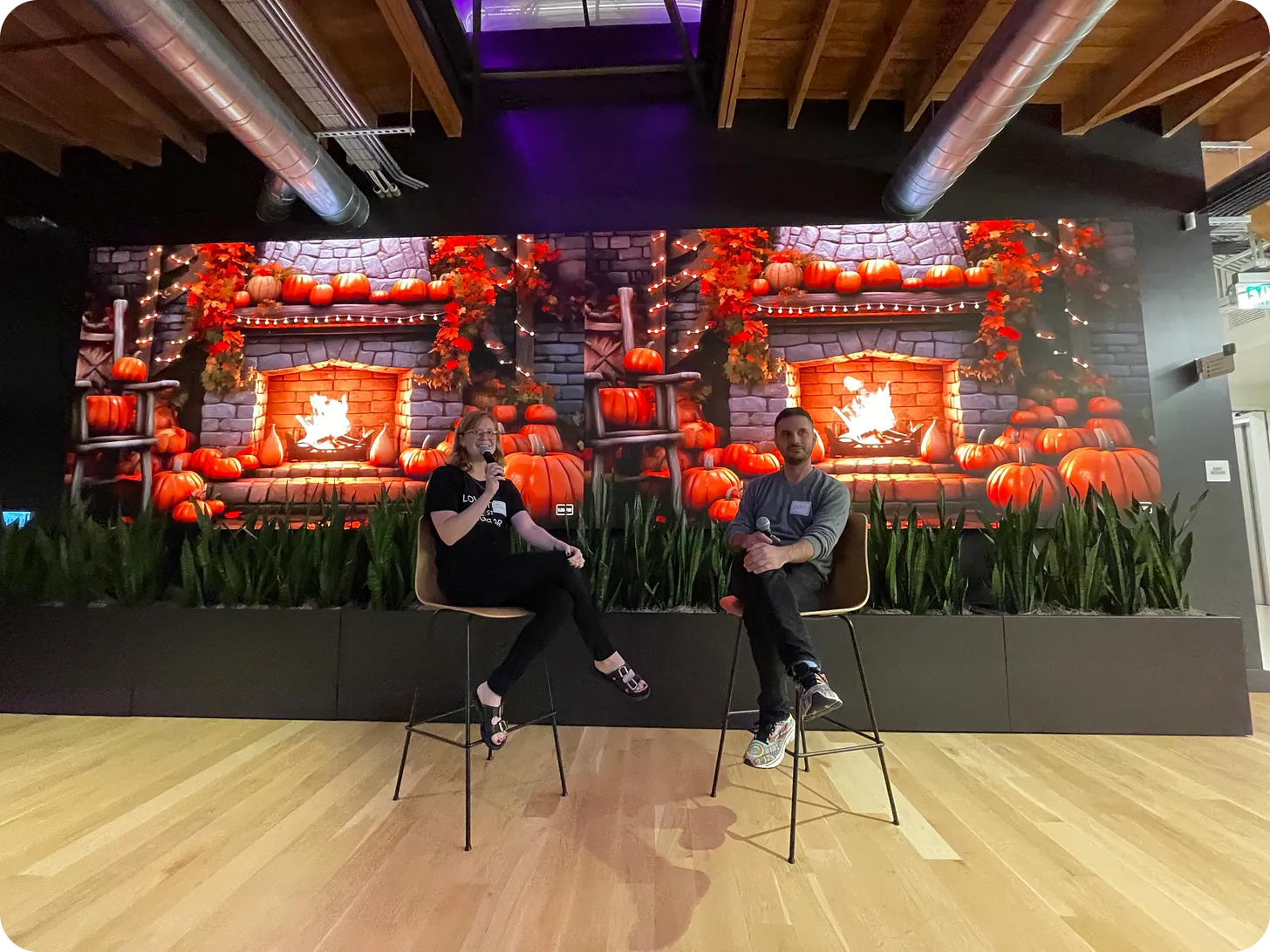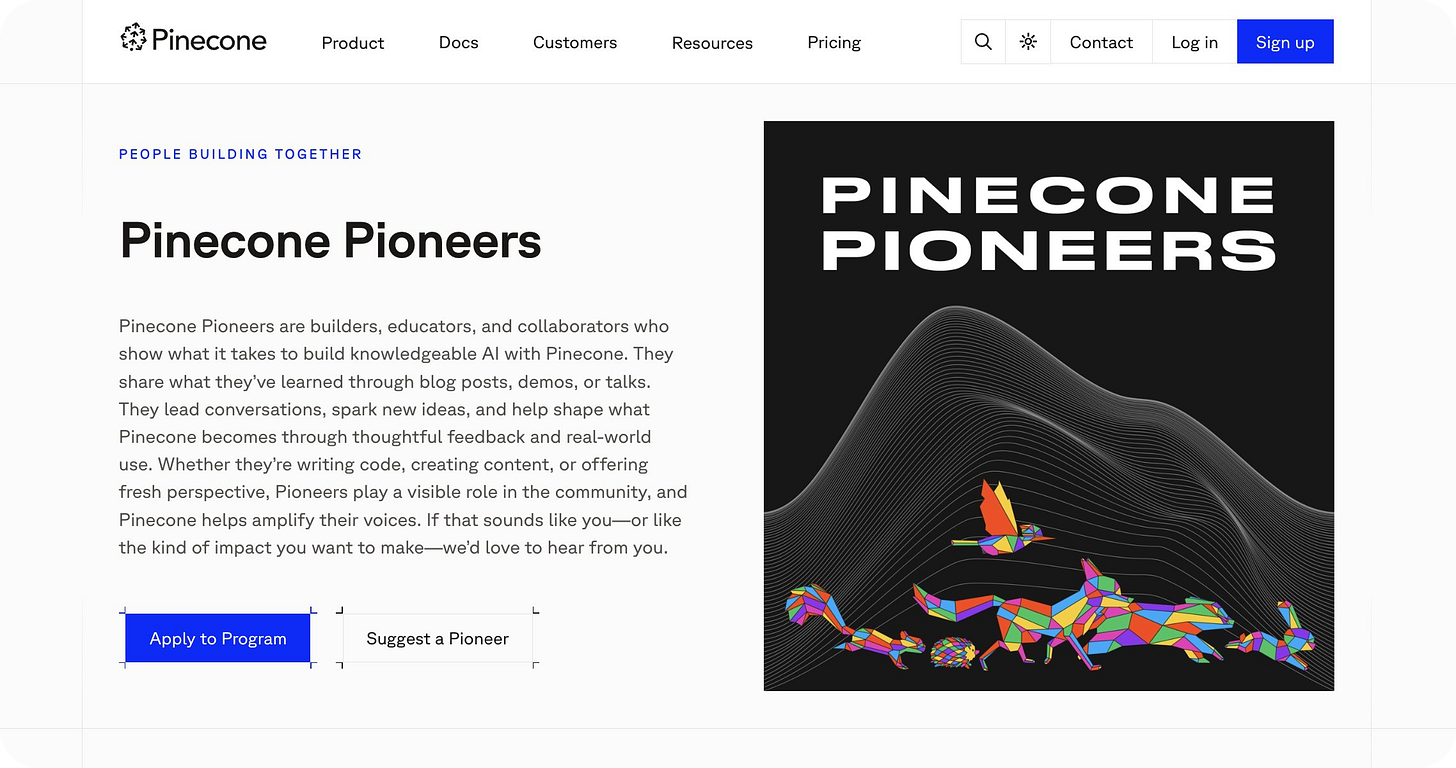Hatching Growth #5: After YouTube Summary — Building AI Clones
Glasp’s note: This is Hatching Growth, a series of articles about how Glasp organically reached millions of users. In this series, we’ll highlight some that worked and some that didn’t, and the lessons we learned along the way. While we prefer not to use the term "user," please note that we’ll use it here for convenience 🙇♂️
If you want to reread or highlight this newsletter, save it to Glasp.
Recap: #1–#4 in one glance
Why Share This Now?
After #4, it’s tempting to think of Glasp as “the YouTube Summary company.” However, immediately after that breakout, we initiated a bet that aligns most closely with our mission: AI Clones (also known as digital clones / digital twins).
We shipped the first working version around December 2022—roughly one month after ChatGPT launched. The idea is simple but powerful: turn your highlights into a conversational agent that reflects your taste, judgment, and accumulated knowledge—and optionally make it public so others can learn from it.
By sharing this story now, we want to show:
Why curation > ingestion became a core product stance for “personal AI,”
How a lean GPT + vector DB stack got us from concept to shipping, fast, and
Where we held back on automation to preserve learning and sense‑making
1) The Big Bet: What an AI Clone is
Definition. An AI Clone is your chat agent grounded in your Glasp highlights—web, PDFs, and YouTube. Ask it questions; it answers with citations to the exact passages you highlighted. If you choose, you can make your clone public so others can query your knowledge (e.g., “Hey Kei, what’s the best product management article?” or “I’m stuck on a startup issue—what would you do?”).
Timing. We released our first version in December 2022, approximately a month after ChatGPT went live.
Why it matters: human expertise is scarce; calendars are even scarcer. A public clone lets millions ask in parallel, pushing our mission of democratizing knowledge.
2) Mission fit: Preserve, publish, and democratize knowledge
Most of humanity’s knowledge remains locked in people’s heads and disappears when they pass away. With nearly 8 billion alive today, and almost none around 100 years from now, we risk losing vast reservoirs of insight. Many future challenges have already been solved by someone, yet that wisdom stays isolated.
Glasp exists to change that. Highlights signal what truly mattered to someone, and AI Clones turn those signals into interactive, lasting resources. By circulating knowledge instead of letting it vanish, we aim to help individuals and society move forward faster.
On a personal level, knowing that your experience contributes to others’ growth can give life meaning. And on a broader level, we’re curious about what experts actually read—if you can’t ask Bill Gates or Elon Musk directly, can you still learn from the sources they’d highlight? AI Clones make that possible.
Glasp’s founding story is also available if you’d like to learn more - check it out here.
3) Under the hood (RAG, kept simple)
Embedding store: Pinecone (vector DB)
LLM: GPT family
Flow: A user prompt → retrieve top‑scoring highlights from Pinecone → draft an answer with GPT conditioned on those snippets → return the response with references.
We chose Pinecone early—vector databases were just breaking out, we had acquaintances at the company, and we’d met the founders. That proximity reduced uncertainty and sped up execution.
Founder note: Glasp co-founders are self‑taught engineers. We got light help from a friend early on, then kept iterating ourselves.
4) Curation over chaos: our data philosophy
Many “personal AI” tools ingest everything (social feeds, emails, drives). We deliberately picked the opposite:
Only ingest highlights—content that already passed a human filter.
This keeps the corpus clean and aligned to the person’s actual thinking.
Trade‑off: Early clones can feel sparse until you’ve highlighted more; we accept a slower ramp for a higher signal.
This stance avoids garbage‑in, garbage‑out and keeps clones true to their owners.
5) Reception & reach
The concept resonated beyond our own channels:
Social lift: initial traction on Twitter/X.
Tutorial on our YouTube channel.
Pinecone blog feature: “Glasp achieves 5X cost savings in knowledge access for millions of users with Pinecone”
Pinecone Pioneers: selected into the program.
Stripe Developers (YouTube): The clone idea was highlighted in an interview.
Forbes (US): a dedicated interview on Glasp that touched on AI Clones.
Italian YouTube: featured segments explaining “AI clone.”
The pattern matched YouTube Summary: strong, novel concepts can spread organically when they’re demo‑able and useful.
6) What shipped after v1
Voice input: Speak your questions; the clone responds in text (we haven’t shipped voice cloning yet).
Reference‑first UX: Answers always return links to the exact sources.
Ongoing incremental improvements (we haven’t gone all‑in on headcount here yet).
7) What we didn’t ship (and why)
Auto‑summary / auto‑highlighting: We paused on heavy automation. Real learning happens during sense‑making—integrating new info into your existing mental graph. Over‑automating can short‑circuit that.
Predictive highlights (hackathon‑level prototypes): We’ve shown it’s possible to forecast what you’ll read next and which passages you’d likely highlight, but we’ve held it back for the same reason.
Voice cloning / full video avatars: Considered (and more feasible today than in 2022), but not a priority yet.
8) Concept explorations, we’re keeping warm
AI Clone Town: A shared virtual city where clones “bump into” each other and exchange what they’ve learned. Your clone debriefs you afterward. It’s playful, agentic, and potentially useful—but it needs careful scoping and resources.
Post‑self continuity: With enough context about a person’s values and taste, a clone could keep helping others even if the person is gone—pushing on our mission to preserve knowledge across generations.
We once prototyped this idea with an Elon Musk AI Clone video—again, generated as a demo, not his actual words.
9) Founder process: debates → prototypes (and a teaser for a future episode)
Long debates are part of our culture, but we are biased toward quick prototypes. That rhythm—think deeply, then ship—also shaped how we started hiring great engineers as self‑taught founders. Evaluating senior talent when you’re still leveling up yourself is non‑trivial. We promised in the talk to unpack our interview loops, performance signals, and trial projects—we’ll cover that in an upcoming Hatching Growth.
Side note: Using clones as personal search
Because every answer carries its sources, clones double as a memory prosthetic—great for: “I remember an article about X, but not the title or author.” Ask the clone; jump straight to the highlight.
Summary (TL;DR)
AI Clones turn curated highlights into an interactive, reference‑first agent.
We shipped v1 Dec 2022 with a lean GPT + Pinecone stack.
We chose quality over quantity: highlights only, not “ingest everything.”
We held back on automation to protect sense‑making and durable learning.
Concept work (Clone Town, post‑self continuity) stays on the bench until the time and resources are right.
What’s next
In the next Hatching Growth, we’ll share post‑clone growth & marketing experiments—what moved the needle, what didn’t, and how we think about compounding distribution. If there’s a topic you want prioritized, drop it in the newsletter comments 🙏
Partner with Glasp
We currently offer newsletter sponsorships. If you have a product, event, or service you’d like to share with our community of learning enthusiasts, sponsor an edition of our newsletter to reach engaged readers.
We value your feedback
We’d love to hear your thoughts and invite you to our short survey.






Really inspiring to see how Glasp shifted focus from a breakout side project to something deeply tied to its mission. The emphasis on curation over raw ingestion feels like a timeless principle for building meaningful personal AI. Excited to see where AI Clones evolve next.
Thank you for reading! We hope the post helps you understand the growth strategy and tactics we took and leverage them.
For our founding story, please visit this page:
https://read.glasp.co/p/why-im-building-glasp
If you have any questions about the growth strategy and tactics, or any random questions, please leave them in a comment.